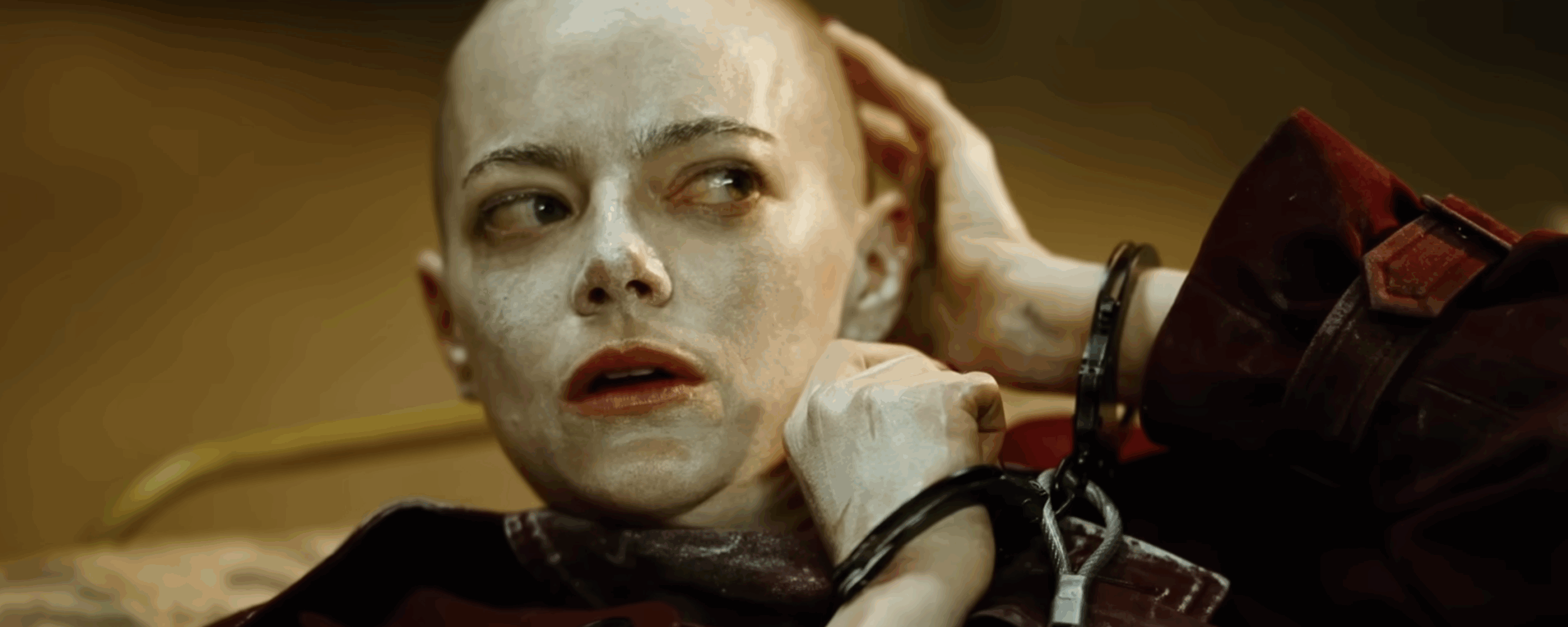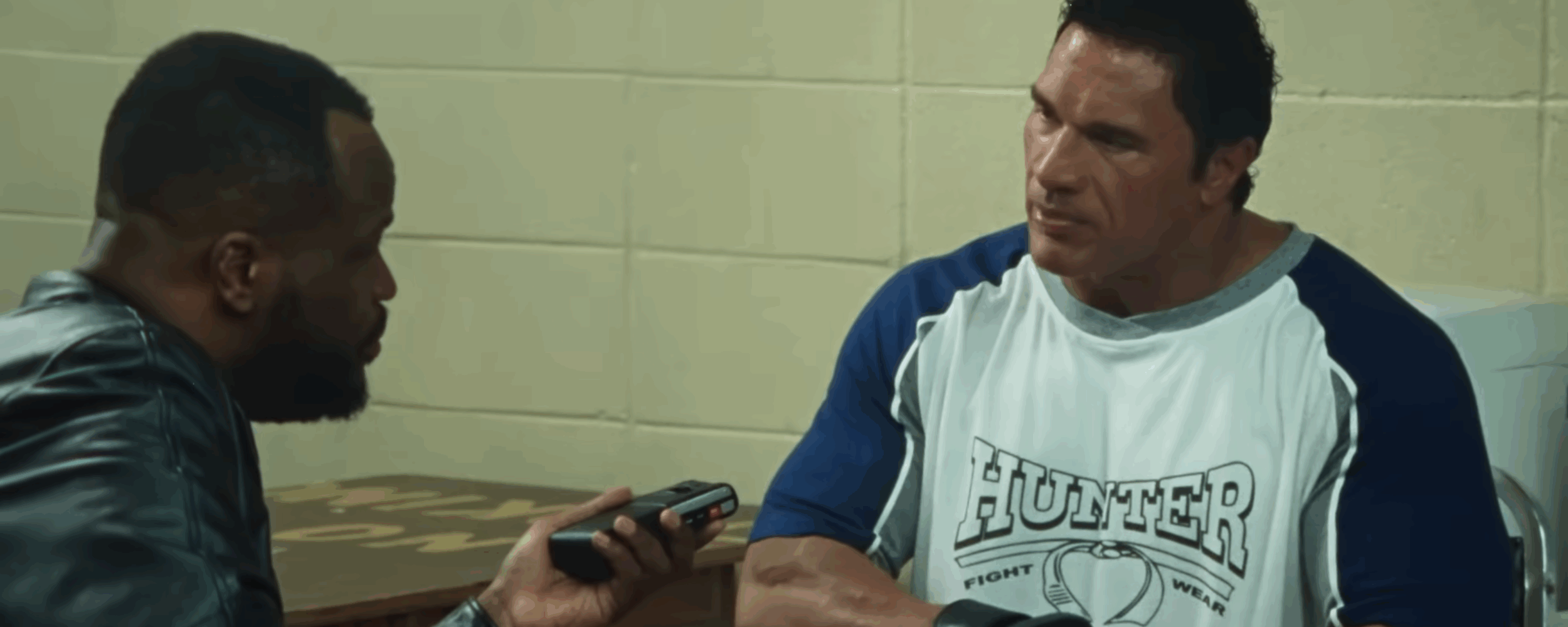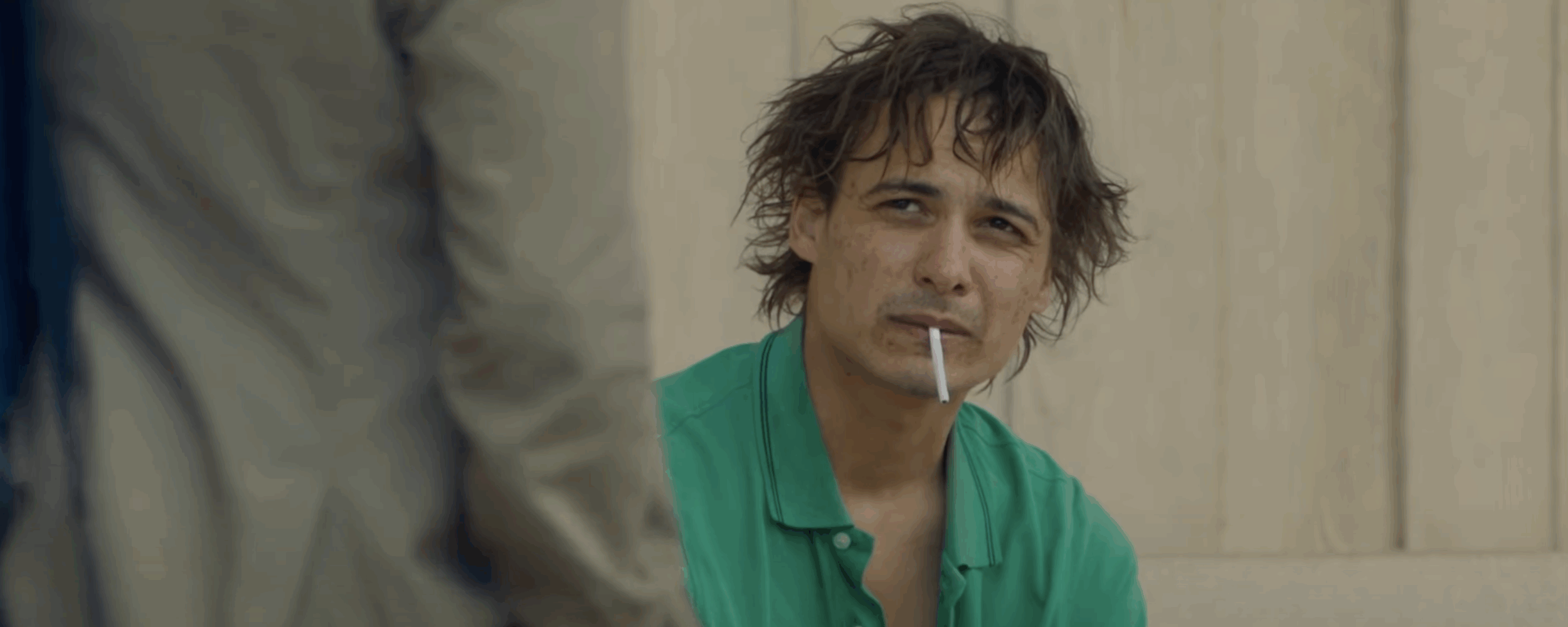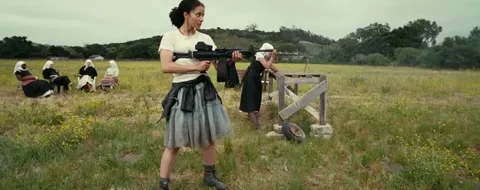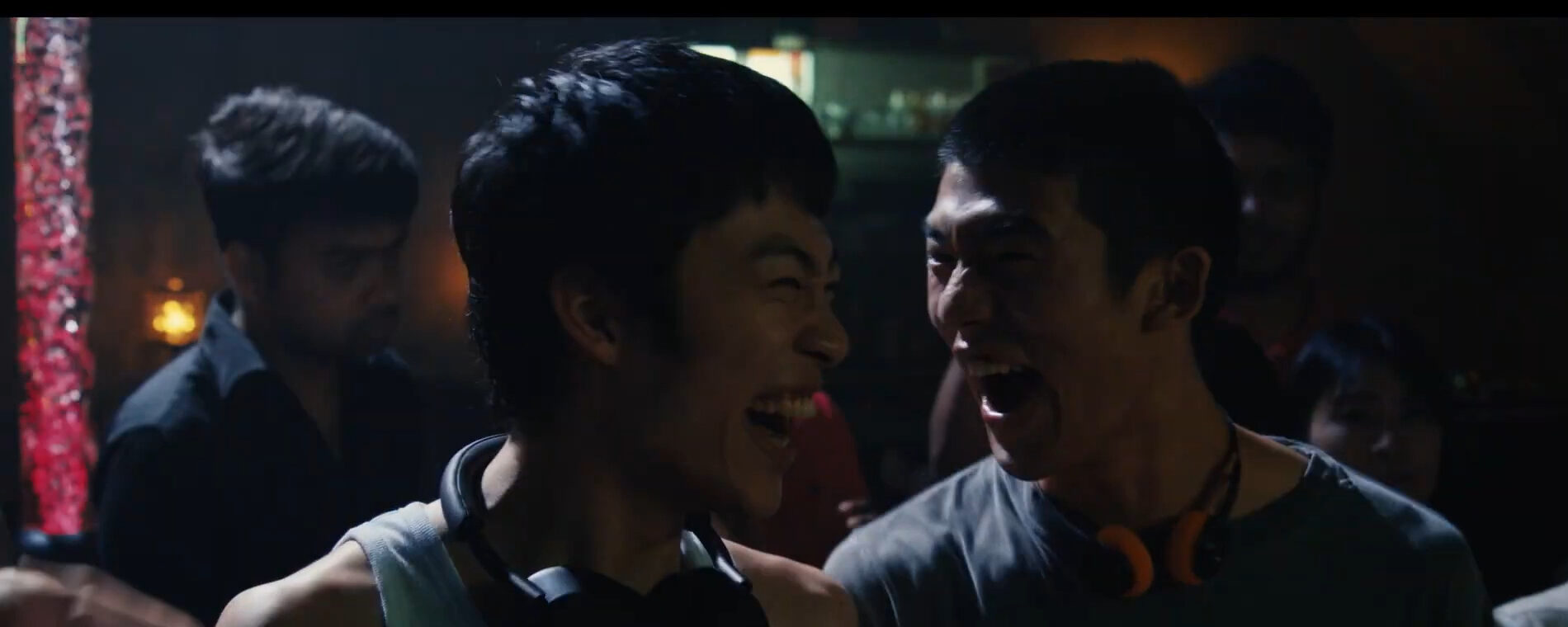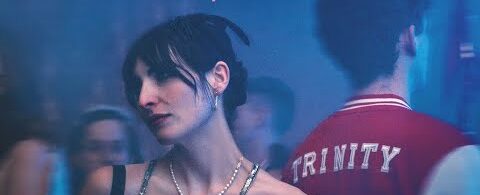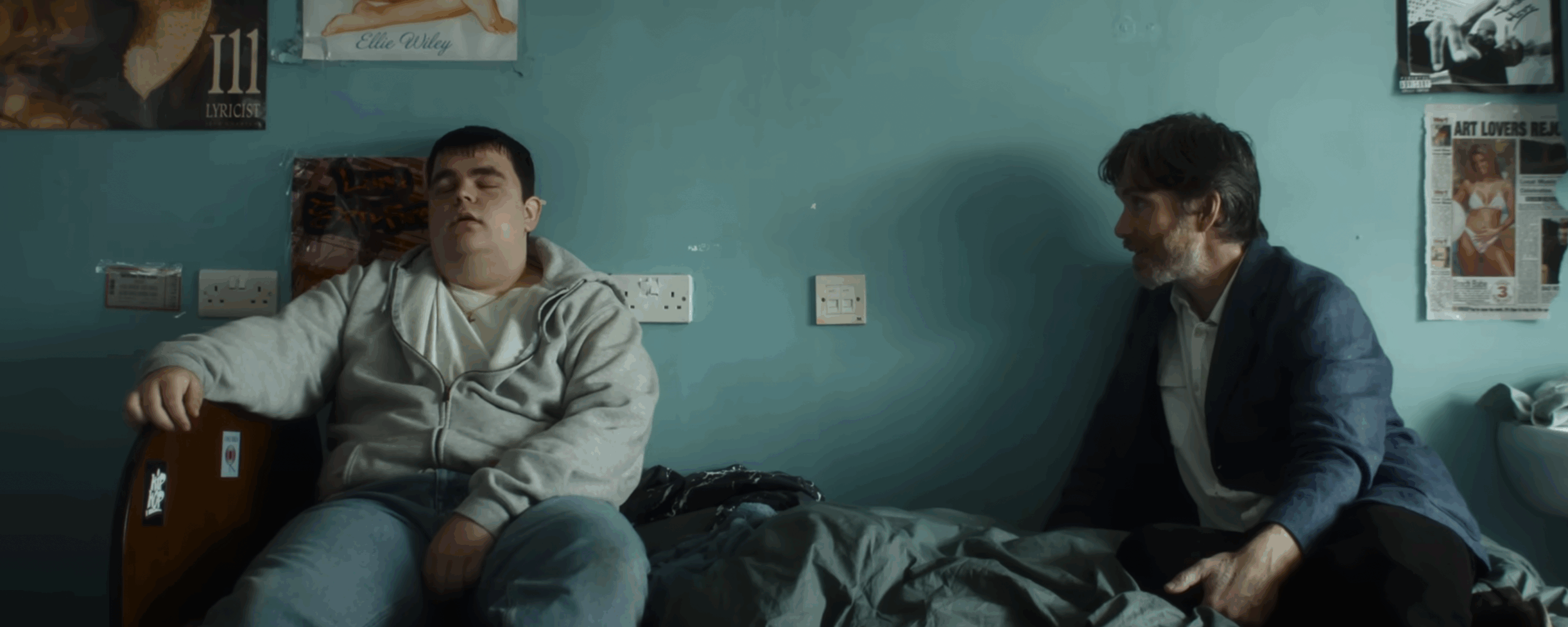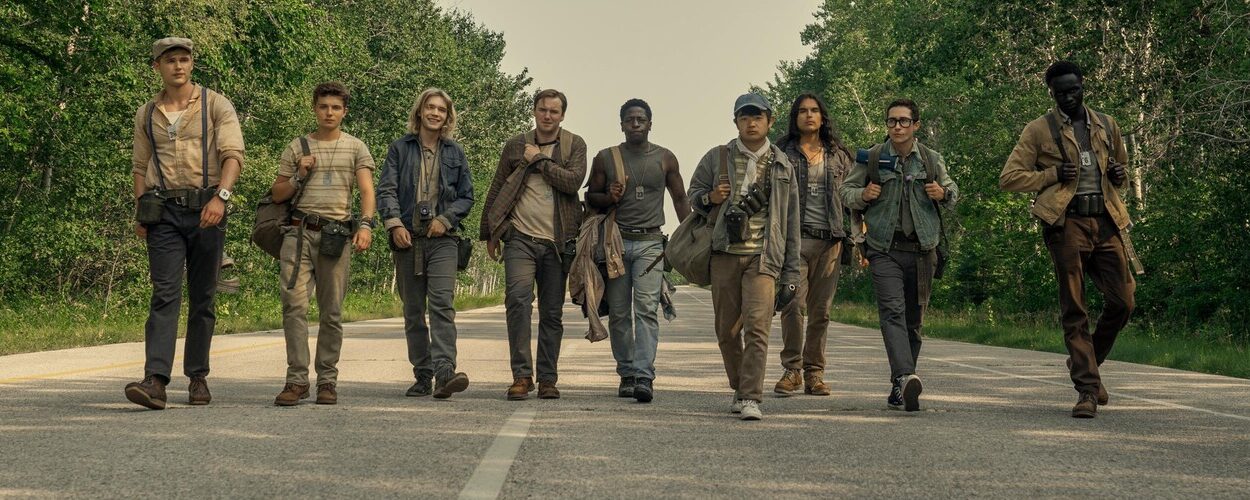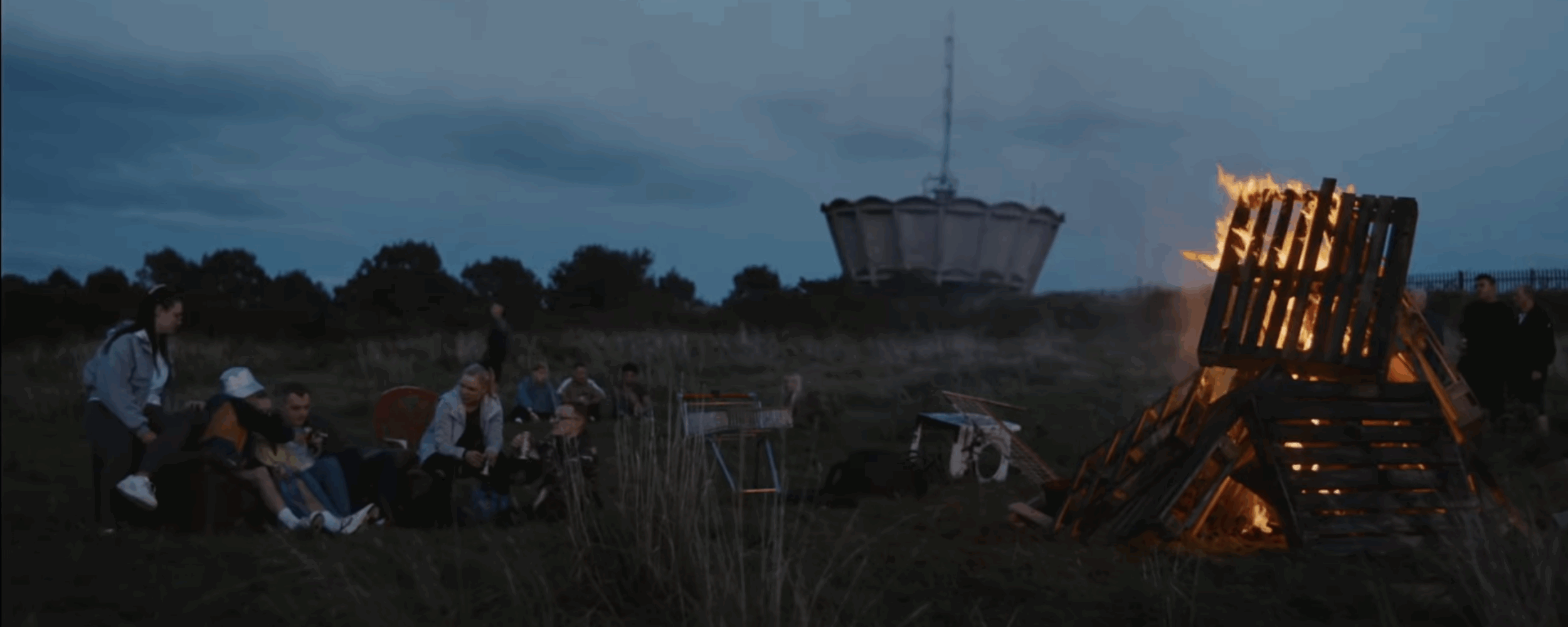Yorgos Lanthrimos’ latest offering comes in Bugonia(2025) which concerns the accusations of an alien living on earth, yet is his most down to earth film he has made. Just by looking at the poster, you feel that the film is going to deal with an other-worldly narrative. Yet the further it gets into the film, you start to feel maybe this is your own bias you are bringing to it. You believe this will be the case because of the character in which Lanthrimos’ films have behaved in the past, they are an allegory for the human condition which aren’t as straightforward as they may start off. Someone who has never seen one of his films would get something different out of the film than someone who has, in many ways I would envy that.
It never deliberately takes a step out of this dimension, the only glimpse into this is looking into the inner thoughts of Teddy (Jessy Plemmons). Yet this distinction is easy to comprehend. It is also what works best for the film in my opinion. Cinema should be all about suspending belief and giving you something you aren’t expecting, and in many ways a straight Lanthrimos film is something that achieves that. It doesn’t mean I don’t like his back catalogue of movies, it shows more how versatile a director he can be. My only reserve about the whole film and due to what I stated above comes from the end of the film, it becomes something predictable that was obvious in its outcome. In fact I’m annoyed I didn’t leave ten minutes early as this would’ve capped a perfect movie where it may not have been a conclusive ending, but sometimes a film needs that.
